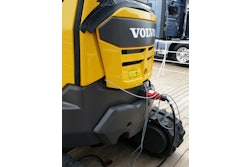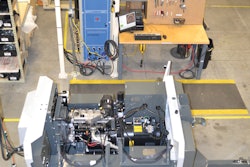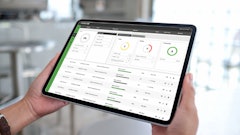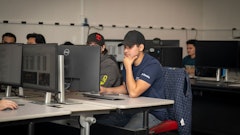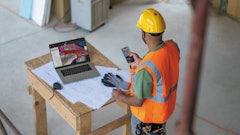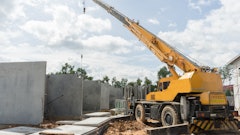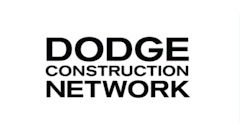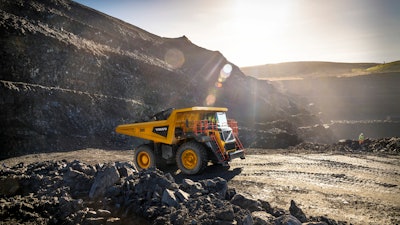
David Zach and Glen Hiemstra are known for their work with dozens of innovative Fortune 500 companies. In partnership with Volvo Construction Equipment*, they provide their forecasts for the mining industry. It’s an industry set for a significant amount of change, as automation and nanotechnology change the nature of the work and humans become more removed from its hazardous aspects.
“You get all kinds of freedoms by taking the humans out of the mining equation,” Hiemstra says. “You don’t need cabs on machines and places for humans to sit. They can avoid toxic fumes and other dangers. This kind of work will move to autonomous and remote-controlled machines.”
Remote Control and Robotics
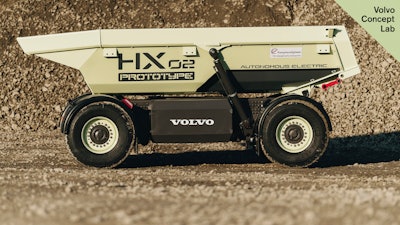
“Large robots of all types of shapes and sizes will likely take over the heavy-duty applications, such as moving materials from underground to the surface,” Hiemstra says. “These could be gargantuan machines that are simultaneously driving, digging and refining.”
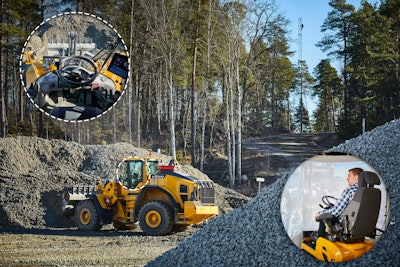
“Mining is based on human activity and we build machines to dig holes, then figure out what direction to go in,” Zach says. “In the future we will be analyzing the ground at a molecular level to understand what we are digging through. The human eye is a limited sensor, but with more advanced analytics, we can understand the full spectrum. Futurism is about recognizing complex patterns and placing bets on where those patterns are going, and we’ll be able to do that with geographic space to figure out what is under the surface.”
New Mining Frontiers
When the future arrives, mining operations won’t always be from the ground. We will increasingly look to the ocean floor for resources that aren’t readily available on dry land.
“We will use nanotechnology to analyze the ocean floor,” Zach says. “If you look at one square mile of ocean, just about all the elements are there. It’s vastly rich in minerals.”
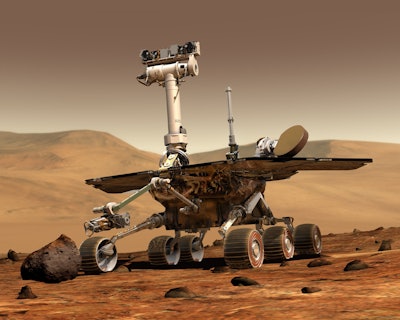 Pixabay
Pixabay
“There will be a major effort to look for more of these rare earth materials in oceans or on asteroids and other planets,” Hiemstra says. “Recycling these materials may or may not be a challenge in the future, but either way, there will be a demand for a new way of doing things. In 20 years, we could be mining on the moon or on Mars. It could be very lucrative, and several companies have already launched to achieve these goals.”
As part of its ongoing efforts in “Building Tomorrow,” Volvo CE has partnered with professional futurists to gather their forecasts for the industrial industries. Futurists forecast the coming trends in science, technology and business. They help companies understand how the innovations of today will impact the industries of the future.




